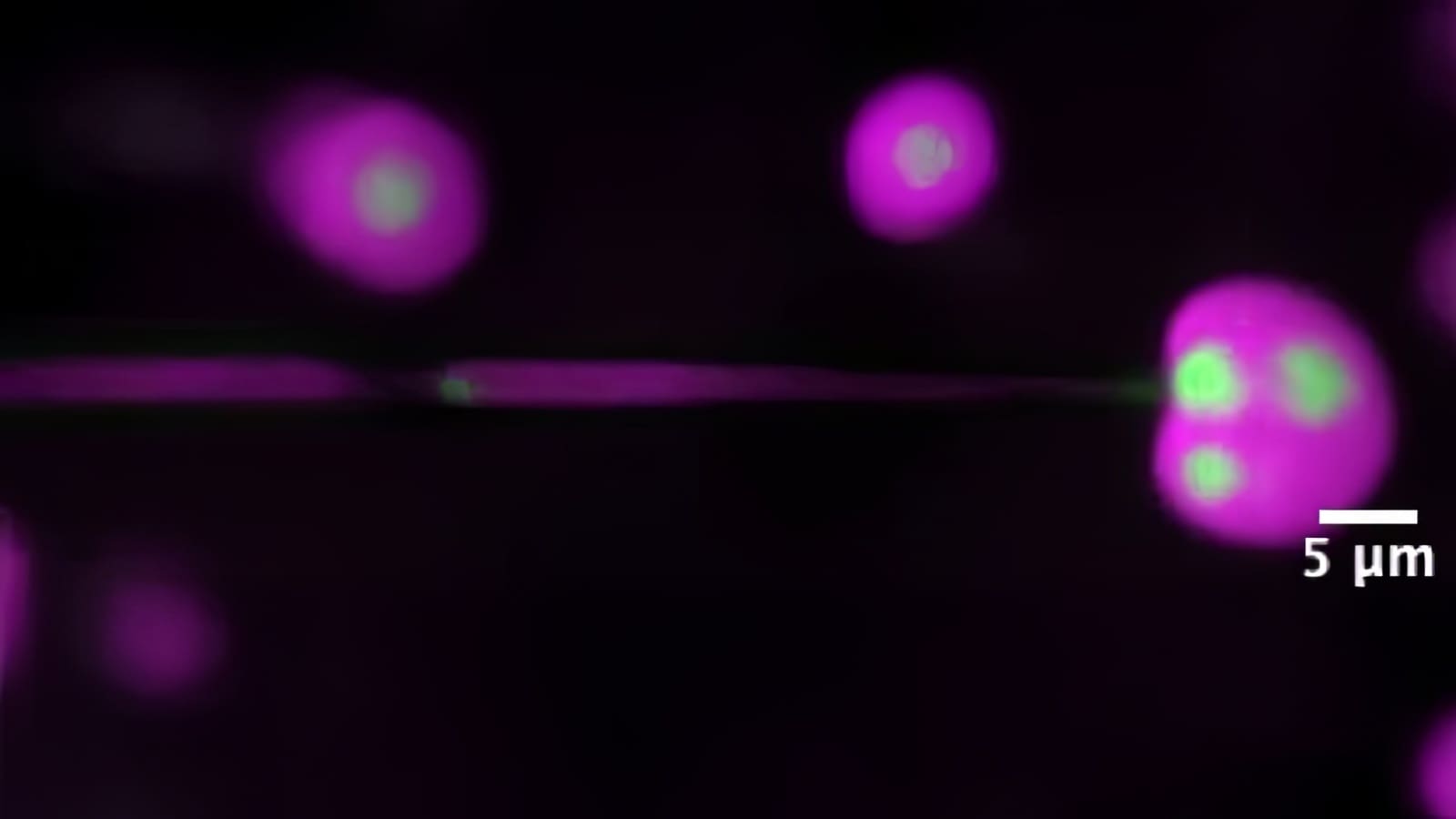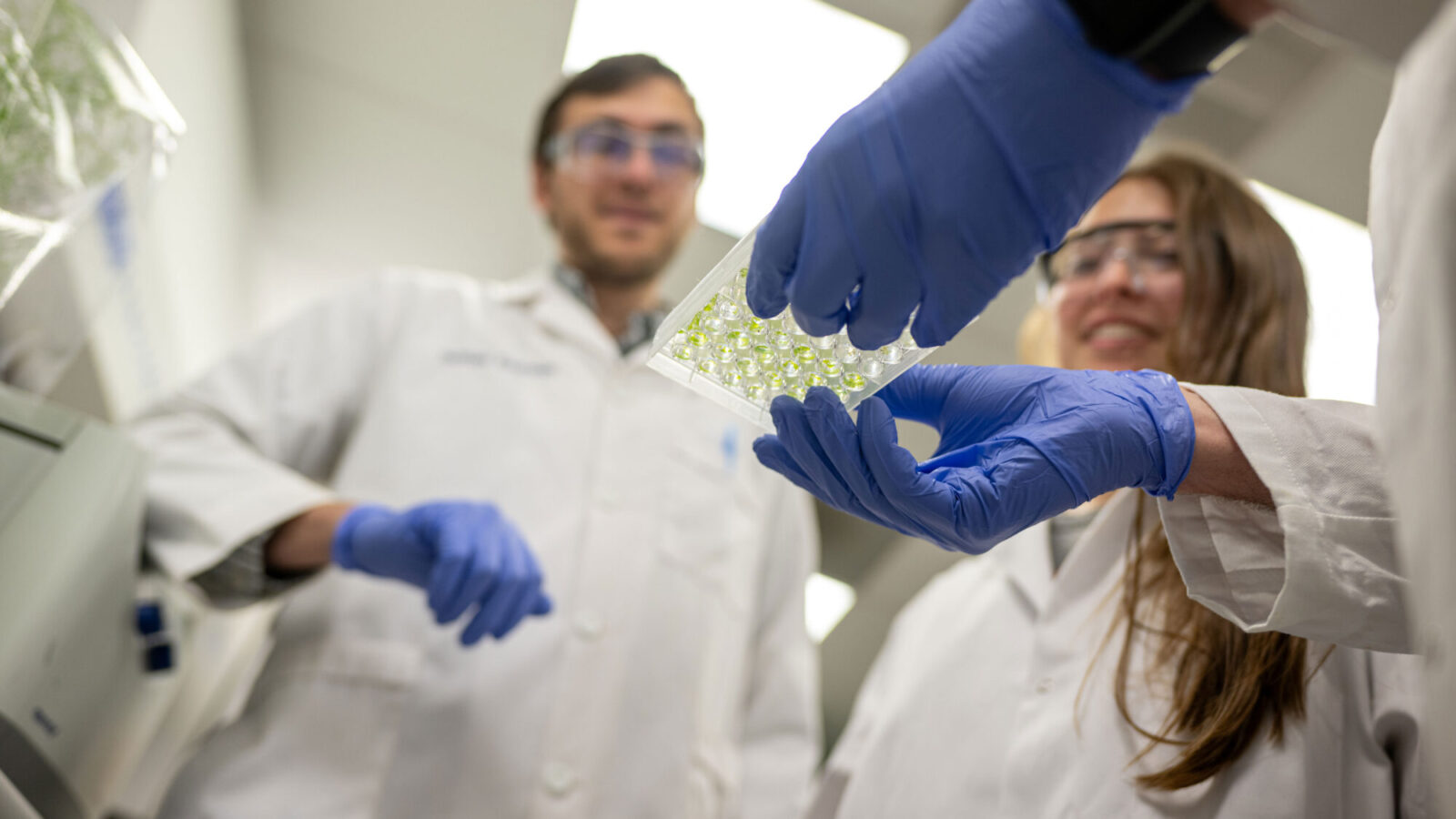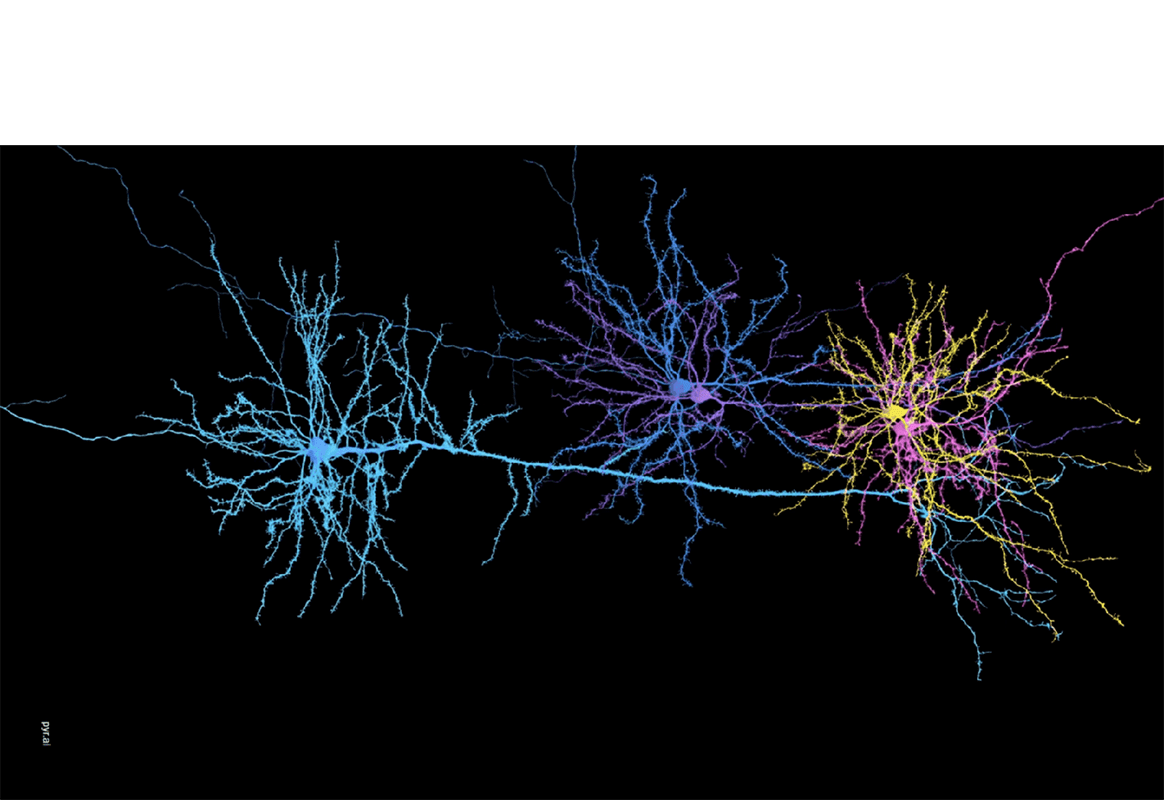In brief: Preventing disease
By
Steven Schultz
on
Avoiding hospital re-admissions
http://www.cs.princeton.edu/~mbraverm/index.htm”>
alt=””
class=”figure left” src=”/wp-content/uploads/preventing-brief-01.jpg” style=”float:
left; width: 75px; height: 85px; ” />Mark Braverman, an assistant professor of computer”>http://www.cs.princeton.edu/”>computer
science, is helping solve a pressing problem in health care: how to prevent patients from
relapsing soon after being discharged from a hospital. During a previous stint at Microsoft Research,
Braverman helped develop software that allows computers to “learn” based on actual
patient data those patients that are most at risk so that hospitals can tailor their post-discharge care and
avoid re-admissions. Microsoft released the software as part of its http://www.microsoft.com/en-us/microsofthealth/products/microsoft-amalga…
target=”_blank”>hospital-data management product in spring 2011.
Protecting blood to prevent neurological damage
http://www.princeton.edu/mae/people/faculty/smits/”>
alt=””
class=”figure left” src=”/wp-content/uploads/preventing-brief-02.jpg” style=”float:
left; width: 75px; height: 85px; ” />Alexander Smits, chair and the Eugene Higgins
Professor of mechanical”>http://www.princeton.edu/mae/”>mechanical and aerospace engineering,
is working with students to understand the ways that sheer forces and turbulence damage blood cells. The
work could lead to new designs for heart-lung bypass machines, which are commonly used in surgeries but are
thought to cause neurological damage and other complications. The researchers have described the behavior of
blood over a very wide range of conditions, more precisely than ever done before.





